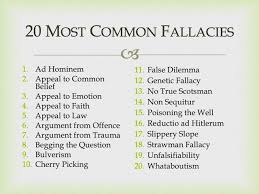Social Semiotics in Visual Communication

Have you ever looked at an ad and thought, Why did they choose this picture? That question lies at the heart of social semiotics, a method used to analyze visual communication. Developed from the theories of linguist Michael Halliday and expanded by scholars like Gunther Kress and Theo van Leeuwen, social semiotics examines how images communicate meaning within cultural and social contexts. It’s not just about what we see, it’s about how and why we see it that way. Just like body language in a conversation, images carry unspoken cues that shape our understanding. This method is especially important in a world flooded with political campaigns, social media, and corporate branding, where visual choices aren’t accidental but highly strategic. Social semiotics looks at how placement, size, and direction influence meaning. For example, an image placed at the top often represents an ideal or abstract concept, while one at the bottom conveys something more real or practi...



